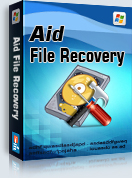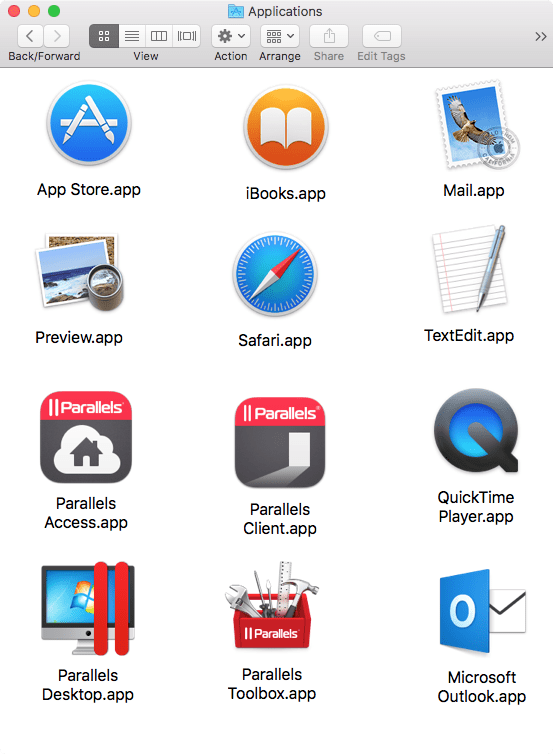
Those files/folders may have been encrypted (if the Windows PC was infected with ransomware). Do not mess with those if they aren't obviously a repository for the missing files! (Some computers may require you to open the computer directory to locate connected drive.
#SANDISK EXE FILE ON MAC SOFTWARE#
Note that there are normally quite a few hidden folders/files on the main drive with your system, and there are always some hidden items on external drives as well. 1) Connect the iXpand Wireless Charger to a PC or Mac via MicroUSB to USB Cable (not provided) 2) If using PC, double-click the executable file PrivateAccesswin.exe to run the PrivateAccess software (Fig. Try showing hidden files and looking for the missing items in a hidden folder on the drive in question. lnk files, the originals have probably been hidden elsewhere on the disk and are intact. If you're seeing files on your Mac hard drive showing this behavior, they either got copied or synced from an infected Windows machine, or you have some kind of file sharing that allows an infected Windows PC to access and modify files on your Mac.

In the case of a flash drive, it has been connected to an infected Windows PC. lnk extension, those files/folders have been exposed to a Windows PC that is infected with malware.

If you're seeing files and folders replaced by files with a. In such a case, you need to give the file the proper extension for the type of file that it is. That doesn't mean it's actually an executable file, but the Finder doesn't know what it is.

If a file doesn't have an extension at all, it will be displayed with an icon like this: Do these files you're seeing have a particular extension? Select one and choose Get Info from the File menu, then look at the Name & Extension info.


 0 kommentar(er)
0 kommentar(er)
